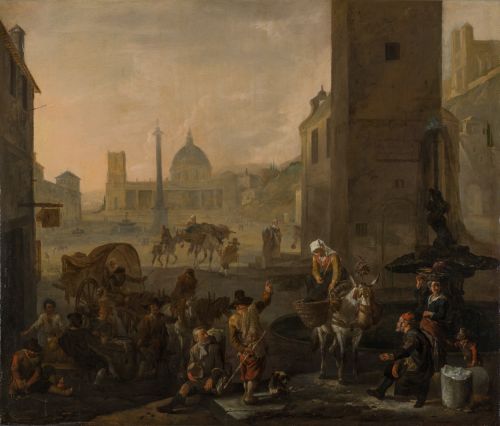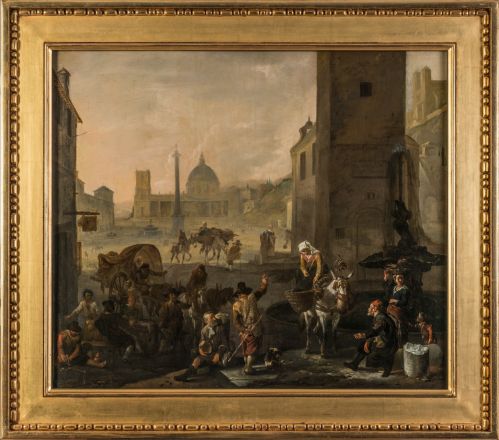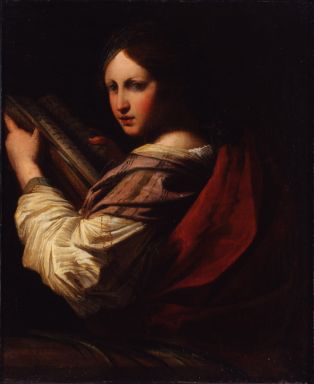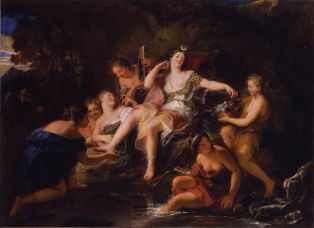- Découvrez les collections
- Notice d'oeuvre





Francfort-sur-le-Main, 1622 ; Amsterdam, 1674
H. 57,2 cm ; l. 67,5 cm (sans cadre)
M0536_L.I.40
Lingelbach réalise de nombreuses vues de Rome, dans lesquelles il prend plaisir à mêler les monuments existants pour composer une nouvelle ville. Ici, il s’agit peut-être de la colonne Trajane devant l’église Sainte-Marie Majeure. Les différents plans du tableau sont matérialisés par les variations de lumière. Au loin, la place fourmille de petits personnages. Au second plan, un groupe prend son repas devant une auberge, pendant qu’un chariot s’avance vers le devant de la toile. Au premier plan, près d’une fontaine ressemblant à la Fontaine du Triton, les personnages vaquent à leurs occupations. L’artiste effectue une importante partie de sa carrière à Rome, où il est l’un des membres du groupe des « Bamboccianti », rassemblant les peintres de bambochades, c’est-à-dire de scènes de rues, du simple quotidien du peuple. Lingelbach s’inscrit dans ce style, introduit par l’artiste van Laer et qui se répand à travers toute l'Europe. La précision des peintres du Nord y est associée à une dimension plus psychologique, les tons bruns et la lumière montrent une appropriation de la leçon du Caravage.
Lingelbach painted a number of views of Rome in which he delighted in combining real monuments to create a new city. Here it looks as if he has placed Trajan’s Column in front of the Basilica of Santa Maria Maggiore. The different planes of the painting are created using variations in light. The square in the distance is swarming with little figures. In the background a group is dining outside an inn and a cart is making its way to the front of the canvas. In the foreground, figures are going about their business, close to a fountain which looks like the Triton Fountain. The artist spent a significant portion of his career in Rome, where he belonged to the “Bamboccianti” group of artists who painted small street scenes depicting the everyday life of the population. Linglebach favoured this style, which was introduced by the artist van Laer and spread throughout Europe. The precision of northern European painters is combined with greater psychological insight in this style of work, and the brown tones and light demonstrate that they had embraced the lessons of Caravaggio.




 Copyright© WebMuseo 2017 - 2024
Copyright© WebMuseo 2017 - 2024